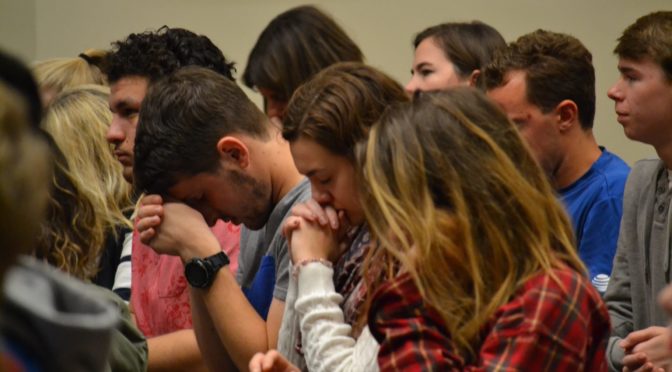
The structure of Nehemiah’s prayer (Neh 9:5–10:1) has been examined many times. The results vary. One of the problems in the search for a structure has been the recurrence of themes such as God’s benevolence, the disobedience and sins of the ancestors, and
punishment in the form of domination by other powers, which barely form any kind of harmonious structure supposedly. In the present research, we investigate the literary composition of the long narrative chapter by identifying smaller textual units on the bases of Hebrew syntax, motifs in the smaller sections, and the recurring, evident use of septennial recurrences. Only by clustering smaller textual units is it easier to identify the larger sections. We conclude that between the initial Abram section and the ending “we”- today section, there are three larger narrative sections focused on three groups of people: the fathers, the sons, and the “we”- of the past. The composition reveals that the praying ones count themselves among the previous two disobedient generations, but at the same time, by humble supplication, they want to resemble the prototype of the obedient and faithful Abram.
Keywords: Nehemiah 9:5–10:1, prayer, composition, Hebrew syntax, septennial recurrences.

